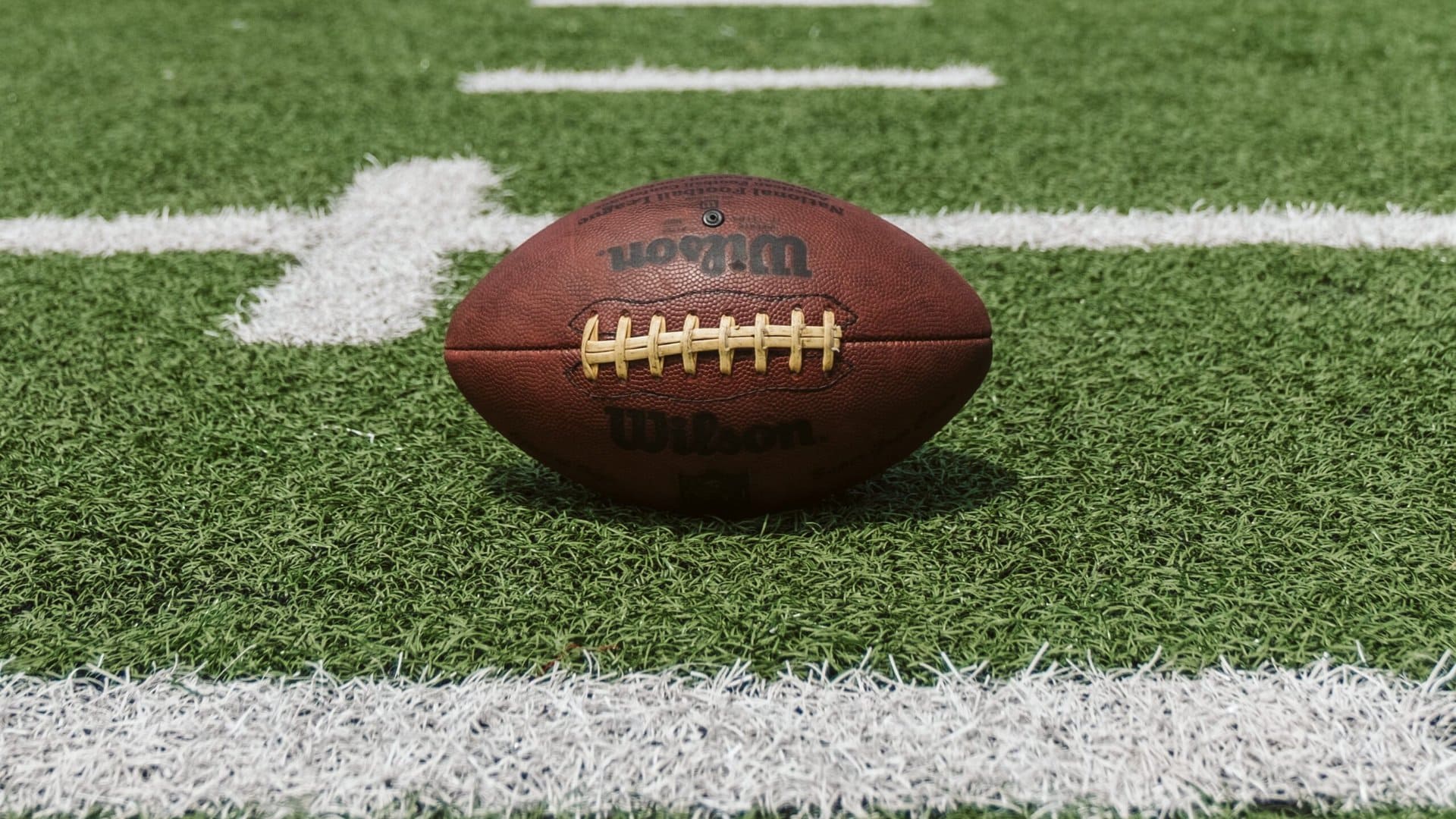The Best Super Bowl PR for Brands Doesn’t Involve the Big Game
A single TV spot, or a multi-channel digital strategy — which one will work best beyond 2020?
Last night, many of the largest global brands once again targeted the Super Bowl as a vehicle to promote themselves and their latest products – but many of those brands chose to do so via mediums other than the typical television commercial.
Buying ad time during Super Bowl LIV (by the way – way to go, Andy Reid), cost brands upwards of $5.6 million for a measly 30-second spot. Having that many eyes on the brand undoubtedly brought consumer exposure to perennial big spenders like Pepsi, Anheuser-Busch, Doritos, Hyundai, Jeep, and others. Even Super Bowl newcomers like Facebook and shoe brand Saucony forked over millions to get their brands in front of football fans and casual watchers alike.

Photo by Dave Adamson on Unsplash.
But was TV ad time the best possible spend for those brands? In today’s “cord-cutting” consumer landscape, the answer is most likely “no.”
Broadcast advertisers use the catch-all airtime of the Super Bowl to cast as wide a net as possible. The NFL die-hards will love the league’s “Inspire Change” ad featuring former player Anquan Boldin, while the casual fan probably got a kick out of Ellen DeGeneres’s “Before Alexa” spot for Amazon.
The consensus is that brands are democratic, and someone watching will be – at the very least -reached and engaged with as a desired prospect or customer. That thinking seems out of touch with a niche-driven micro-analytics world that targets increasingly specific personas to ensure that content reaches and engages a desired audience.
With overall viewership on the decline — the Super Bowl television broadcast tumbled from 111.3 million viewers in 2017 to 103.4 million in 2018, and sunk to a ten-year low of 98.2 million last year — companies are realizing they can spend less on event-based TV ads and shift to multi-channel digital strategies instead. After all, a brand gleans more information from ad clicks than a single-broadcast TV spot. Now more than ever, viewers know they’re in control. Consumers know that brands don’t have to rely on outdated ad spends predicated on increasingly obsolete watching practices.
For every Bud Light or Michelob Ultra commercial, there is a counter. Take for example the approach of D2C alcohol delivery service Drizly. “Consider this our Big Game ad,” read one app notification Drizly users received. Clicking on that notification let users order up their Super Bowl beverages for delivery. “We’ve been pretty transparent about our love of beer commercials,” read the notification. “We wanted to have one during the Big Game just like everyone else, but it turns out our marketing budget was just $5,289,450 shy of the minimum cost for a 30-second ad.”
Global beer brand Stella Artois, which made a big splash at last year’s game with an ad starring Sarah Jessica Parker and Jeff Bridges revisiting his character “The Dude,” from The Big Lebowski, avoided commercials altogether. Instead of spending millions on 30 seconds of airtime, it sponsored a three-day food and music event in Miami, site of Super Bowl LIV, called Port de Stella. Brands that spent big last year, including Burger King, Skechers, and Wix, similarly did not return to the small screen or scaled back considerably.
The big-time spenders can afford to continue straddling both the conventional and the digital ad spaces. But with increasingly more effective and less costly ways for brands to reach viewers, you can expect the brands at that “next-rung-down” to pivot spend away from Super Bowl TV spots in the next five years.

